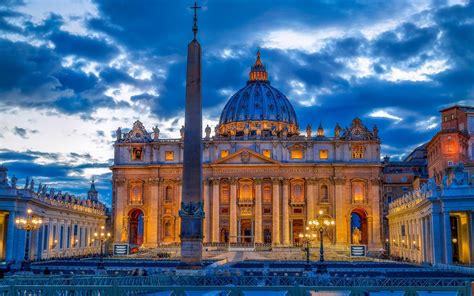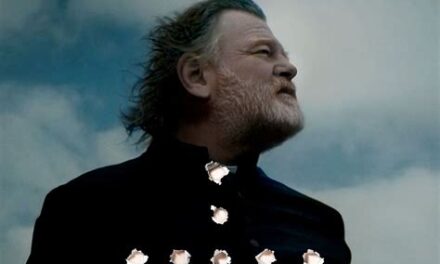I’ve often heard the lament about the loss of “Catholic culture” and the need to “restore” it. In fact, I’ve sung that lament myself, and deemed it valuable to appropriate some of the great artifacts from the Catholic culture of the past, from its poetry and music to its philosophy and apologetics.
But I’ve had second thoughts about using “Catholic culture” as rallying cry. It’s neither clear to me what we are really want nor what Catholic culture was in the first place. Let’s start with what is meant when we refer to there being a specific form of culture that is Catholic. Certainly such a wish includes the restoration of the liturgy, not necessarily in Latin, but in its music and its majestic beauty. Along with that, there is the architecture of our parish churches which went through a decade or so of circular designs, entirely unsuitable to the enactment of our liturgy. Then there are the great writers, both those of fiction and poetry, as well as the philosophers, theologians, historians, and scientists.
Behind all this, I believe, is the desire for a unified culture, a culture that witnesses to a Christian worldview and morality. No doubt we should introduce the likes of Augustine, Aquinas, Michelangelo, Raphael, Palestrina, Lassus, Chaucer, Shakespeare, Mozart, Newman, and Undset to every generation. But, ask yourself, was there ever a period in Western civilization with a unified, Christian worldview, and, if so, would you really want to return to such an age?
Some will recommend the Christian Europe of the thirteenth and fourteenth century. Yes, an overview of the high culture of those centuries reveals something of a unified vision of an ideal Christian life and society. But this was a time when reading and learning was confined to very few, including much of the clergy but not the common laity. Before the printing press, books in the form of folios were expensive found only among religious, the wealthy, and the fledging universities in Italy, France, and England. It’s doubtful that a serf serving his feudal lord really shared the same culture in any meaningful way. It was also a time when state power and Church power were often combined in the way that resulted in religious wars, enforced abuse of religious liberty, and a Church leadership more interested in protecting its political and economic power than saving souls.
The largely unchecked power of the Vatican in the late Middle Ages opened the door the money-making scheme of selling indulgences in order to pay for the building the new design of St. Peter’s Basilica. The abusive means of selling indulgences, including lies from priests and the papacy (Justin II and Leo X) about their efficacy, resulted in an uprising, led by Martin Luther of Germany, and the result was the Reformation and split in the Church. In less than one hundred years, the Catholic culture of Europe had been shattered, represented literally by the vast destruction of stained-glass windows, statues, paintings, altars, folios, and vestments by reformist gangs.
The Catholic culture that should be restored is non-political; both schools and the households are where that culture can be reappropriated. After all, if young people are formed within a Catholic culture, it will be what they demand of their children’s schools going forward, in addition to the kind of households they will establish. But, at the end of the day, Catholic culture will only be restored if individual Catholics commit to creating that culture in their lives.














